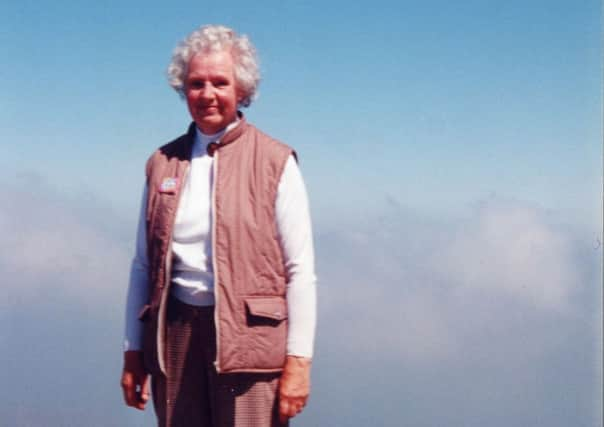The battle for cervical screening


But it wasn’t always so, as Leighton grandmother Margaret Brown remembers only too well.
She was one of a crusading group of women who spent two years trying to persuade the then health authority to introduce a pilot scheme.
Advertisement
Hide AdAdvertisement
Hide AdMargaret, 86, who’s now on the local PPG network committee, recalls: “In 1964, deaths from known cases of cervical cancer had reached 2,577. One in eight was under 36, leaving many motherless young children.
“My cousin Jean died aged 26, so I volunteered for the group chaired by Dr S Fletcher and inspired by Challney teacher Janice Chater.
“We decided to raise public awareness and ask if we could have a cervical screening scheme locally.
“But the replies we received were shocking – they were negative, dismissive and even aggressive.
Advertisement
Hide AdAdvertisement
Hide Ad“The effectiveness of the tests was questioned and apparently there was no room at the hospital or in clinics, there were no trained staff available and no cash.
“We realised money would be needed so turned to the methods we knew best: we held jumble sales, coffee mornings, sales of work and raffles.
“The amount we raised enabled us to have 40,000 leaflets printed about ‘A Life Saving Test.’ They included slips to be signed and returned to form a petition.
“Organising their distribution fell to me and our volunteers, who often pressed their older children into service. And we received a respectable number back.
Advertisement
Hide AdAdvertisement
Hide Ad“Janice was sent a letter in the summer of 1966 saying that ‘a pilot scheme for the early detection of cervical cancer had begun in Luton.’ We had finally achieved a reluctant break-through after a great deal of opposition.”
Margaret added: “Sadly through embarrassment, ignorance or poor diagnosis, there are still women who die for lack of this simple, quick and painless procedure.
“The great thing is that it’s there and may even be extended to younger women.”